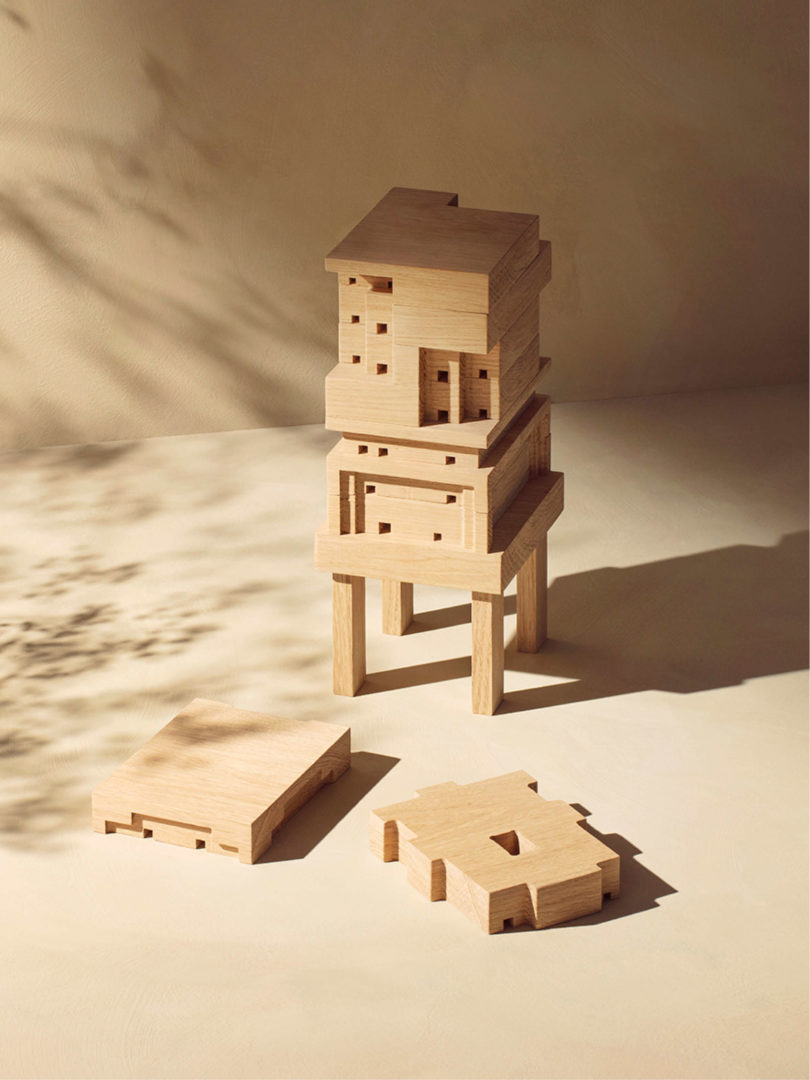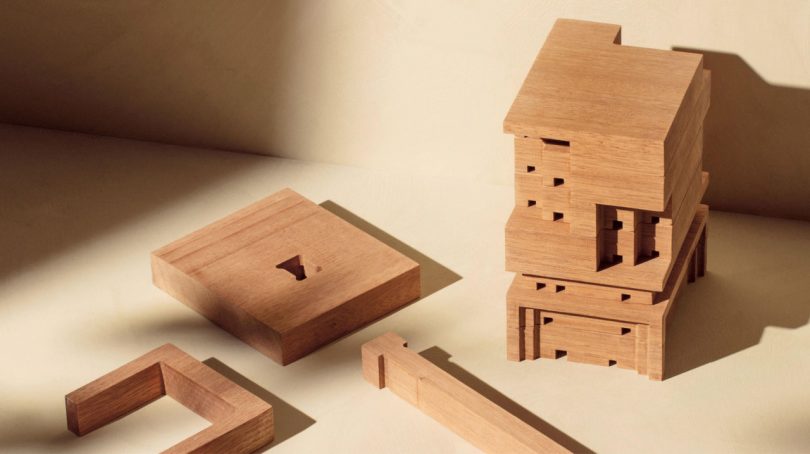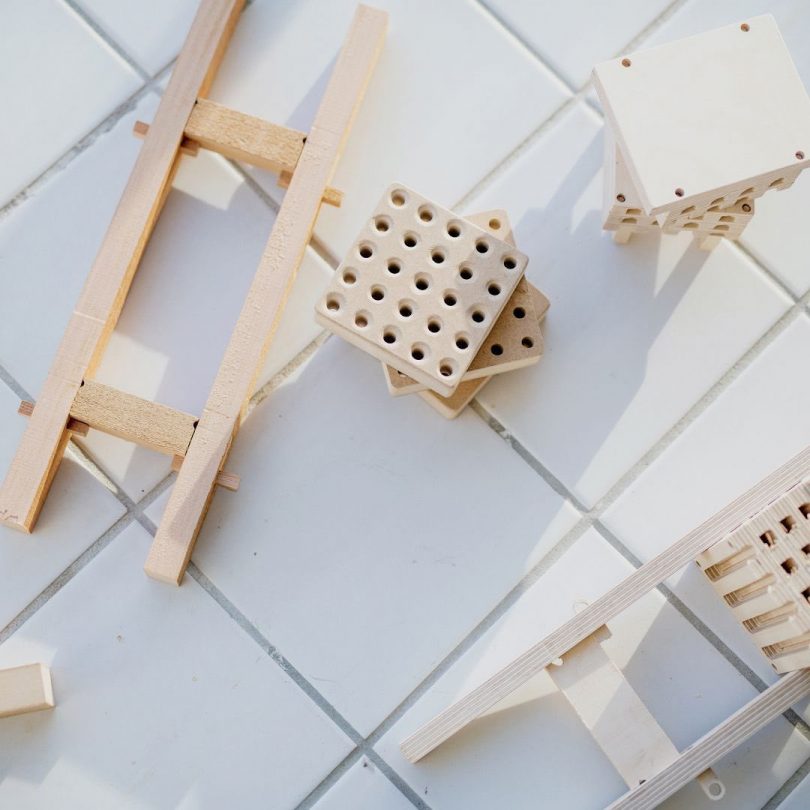IKEA Invites You to Bee-come Architects to Support Local Ecosystems
Bee Home invites anyone to become an architect, builder, and neighbor in service by giving solitary bees a place to call home.

Welcomed by farmers and gardeners alike, the docile, domesticated European honeybee have long operated as conspicuous agents of nature and agriculture. While honey bees are essential and have garnered much concern over declining health, IKEA’s research and design lab, SPACE10 is setting out to remind the public of their lesser known brethren – the 3,999 other native bee species that play an even larger role in habitat health. Bee Home invites anyone to become an architect, builder, and neighbor in service of this vital species by giving these solitary bees a place to call home.
While hives are synonymous with honey bees, most bees live their lives alone. These native solo bees outwork their hive-minded European relatives, with a single solitary native bee capable of pollinating the same amount of flowers as 120 honeybees in the same amount of time. These bees do not produce honey nor hive, content to live in single occupancy holes – found in wood, stone, or within the ground – all habitats increasingly lost to human development. The Bee Home project offers visitors the opportunity to give native bees back much needed housing, hosting free downloadable plans accompanied with instructions to build bee hotels using dried hardwood at home.
Once a design is completed online, files are made available to download with assembly instructions to take to a local fablab or makerspace to build using computer-controlled tools such as a CNC milling machine.
Options include the height and architectural detailing, including the rooftop, balcony, or garden, with resulting designs with the appearance of a warmer, gentler Brutalist apiary high rise.

Builders are warned to avoid using spruce lumber, as it harms the bees’ wings, alongside chemically-treated or engineered wood like plywood, MDF or OSB because of concerns related to exposure to glue. The Bee Home is designed to serve bees with little maintenance, but the designers do advise to clean it every third year in autumn after the offspring have hatched using warm water and vinegar. With minimal effort in housekeeping, the Bee Home becomes less prone to spreading infections attributed to parasites, mold, or fungus.
Insect hotels, especially larger commercially sold models outfitted with countless holes and filled with an excess of materials, can promote disease. Fortunately the selection of Bee Home plans all seem to focus upon the quality of housing rather than sheer quantity of occupancies. With enough space between holes, the introvert natured bees are given a degree of privacy their solitary nature most desires.
The Bee Home project isn’t solely attributed to IKEA’s SPACE10 team, but also harnessed the experience of technology-driven design studio Bakken & Bæck and also industrial designer Tanita Klein to launch in time for World Bee Day on May 20th. Bakken & Bæck didn’t arrive to the project completely blind to the needs of these winged insects, with their team already acquainted with the species via a rooftop beehive – experience which undoubtedly helped inform the designs intended to serve the pollinators’ preferences and needs.
Start designing your own Bee Home at beehome.design.





